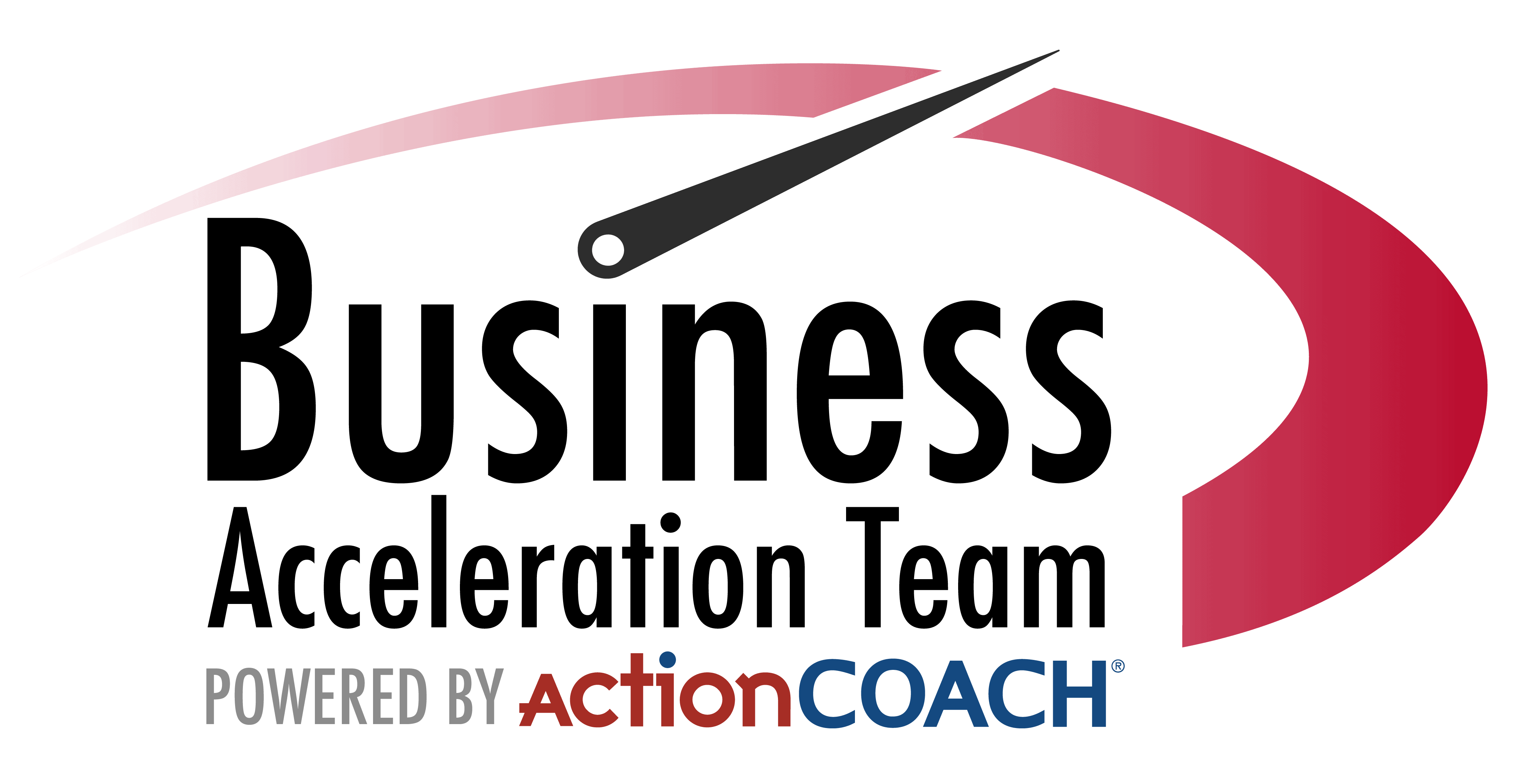
18 Jul One Counterintuitive Strategy Led to This $380 Million Payday
When David Perry started his video game company, Gaikai, he did something very few of us would ever consider doing with a fledgling business. He filled a dartboard in his office with the names of companies he thought would want to buy his company someday.
Why would the owner of a startup business with no revenue or employees be thinking about potential acquirers so early?
For Perry, it comes down to something he refers to as “down-the-track thinking.”Perry was recently interviewed about Sony’s $380 million acquisition of Gaikai, and he described his philosophy by using a moving train as an analogy.
All industries are like a train full of people. Most of them sit comfortably inside watching the countryside go by. There are likely a couple of people scrambling behind the train, hoping to jump on before it gets going too fast.
Then there are a select few who obsess over where the train is going and are constantly thinking about each upcoming stop along the way.
Perry described himself as one of the people thinking about where the train is going next, so it only made sense to him to have a list of companies that would one day want to buy his business.
The company that occupied the “bullseye” on Perry’s dartboard was Sony. When his partner suggested they name their company Gaikai, a Japanese word that roughly translates to “open sea”, Perry agreed.
The word gaikai is hard for the average English speaker to pronounce, but Perry knew the name would be irresistible to Sony.
He and his partners even decided to name other parts of their product line using Japanese words. They also designed the company for the global gaming market, not just American customers. This was a total break from the way other video game makers were thinking at the time.
Years later, when Perry was ready to sell Gaikai, he approached the biggest players in the market to let them know his company was available. Sony was by far the most enthusiastic. They were thrilled to see the extent to which Perry and his partners had gone to make Gaikai fit Sony’s culture.
Visualizing a shortlist of potential acquirers when you make key decisions is a good way to vet your next move. Imagining how your potential buyers will react to hearing about your plan to evolve your company can create a more strategic lens for you to peer through prior to making big bets.
Whether you are looking to sell soon or are still years away, the process of developing a shortlist of tomorrow’s potential acquirers will help you make better decisions today.


Sorry, the comment form is closed at this time.